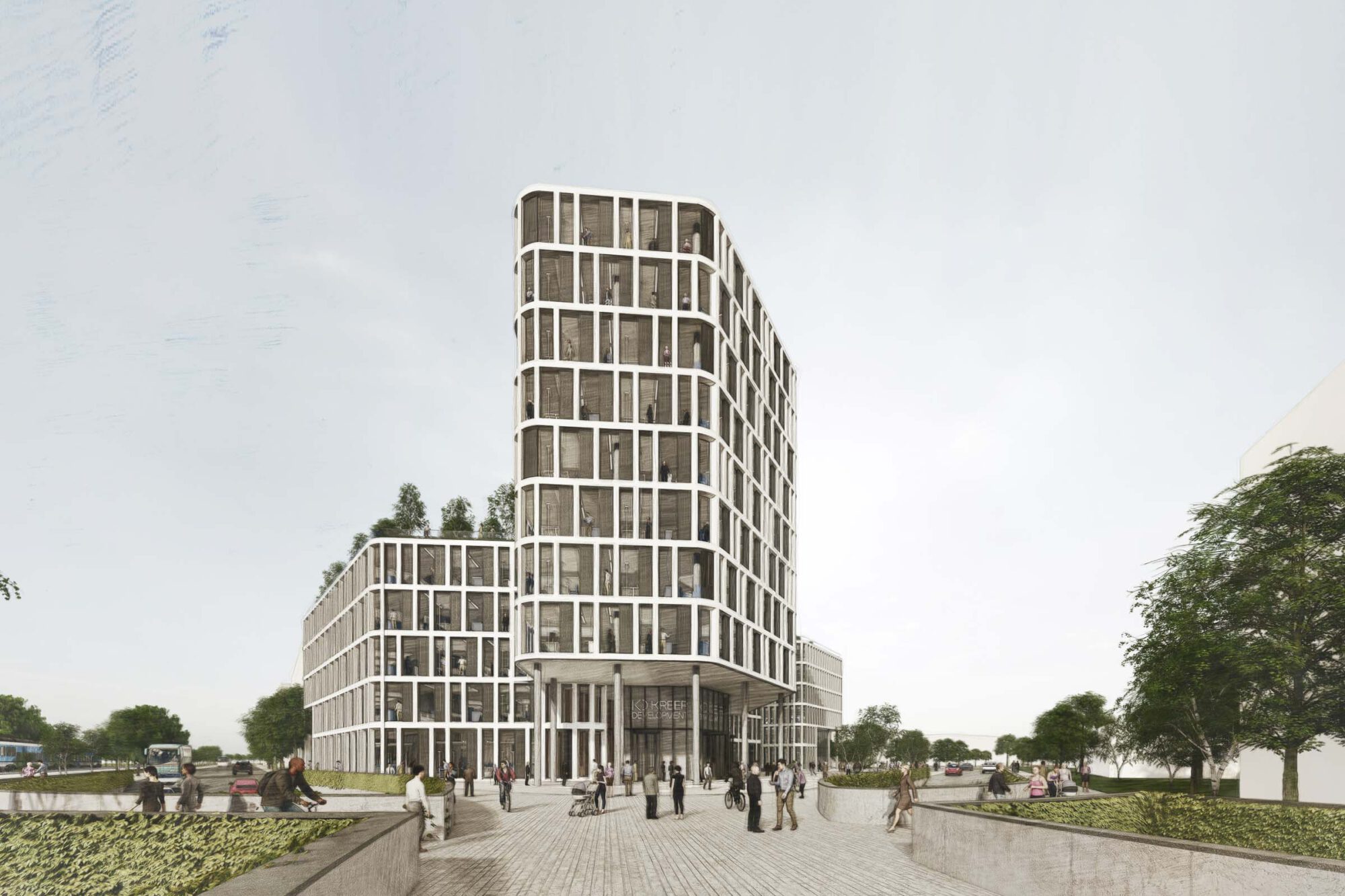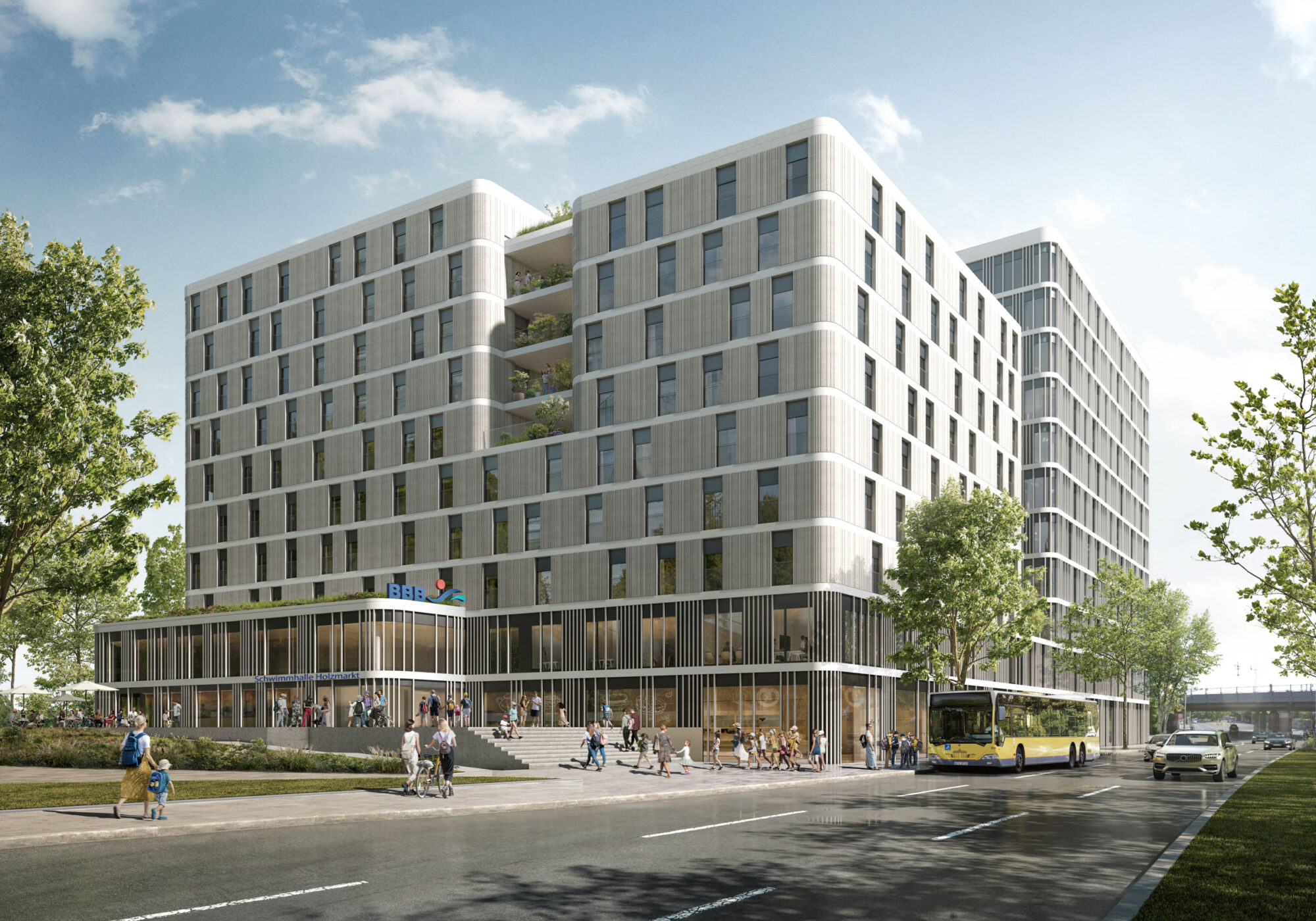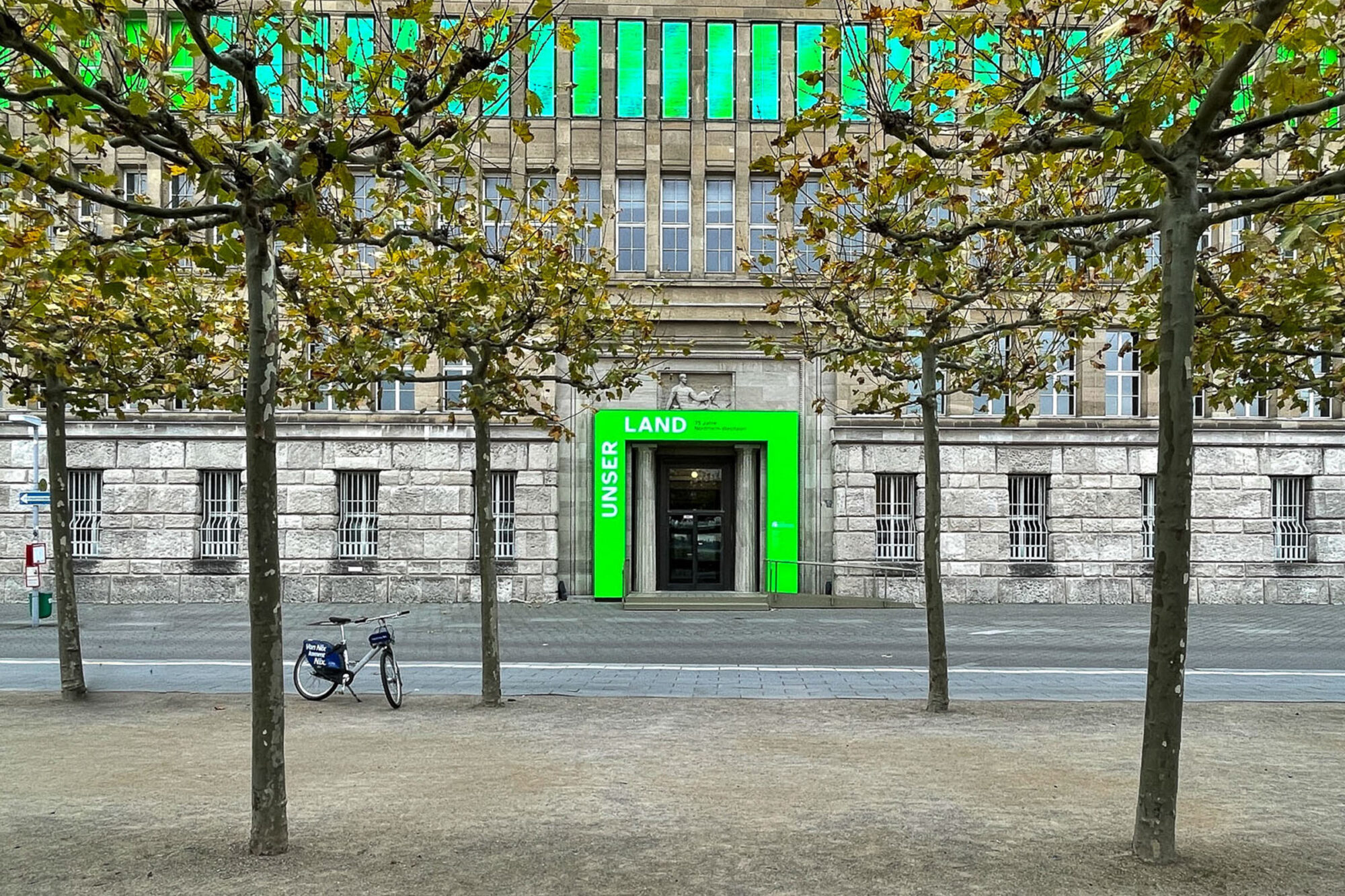Incubator of Creativity
Our contribution to this international competition is thinking the city into the future. What could Düsseldorf look like in 30 years?
Düsseldorf is a city with an amazing density of culture and art movements that has also made international history. But Düsseldorf is also a hot spot for high-end shopping that is known beyond the country’s borders, and companies and trade fairs also operate at a world level.
Due to its historical and economic development, Düsseldorf has a high potential to become one of the leading innovation hubs for today’s and tomorrow’s creative industries. When innovation becomes the central driver in the global challenge, successful companies increasingly settle in ‘innovation quarters’ in the urban environment. This development is primarily driven by the search for people who are looking for a compact and diverse range of cultural and creative facilities in urban spaces, and for whom spontaneous interaction and creative collaboration are central. This development is systemically supported by digitalisation and social network services.
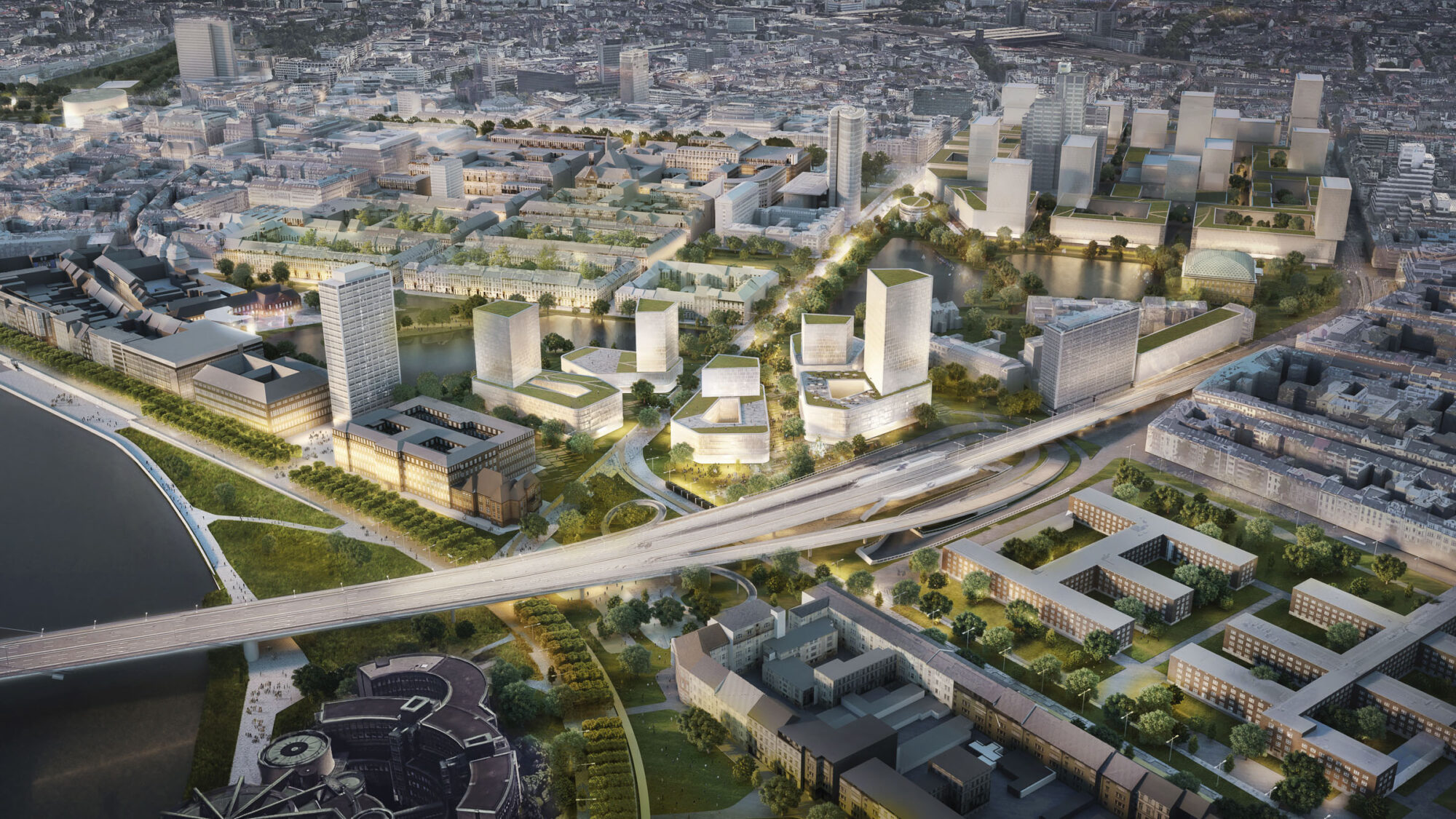
If it is ‘innovation districts’ that are to be used as drivers of economic and social development, what role can museums and universities play in the development of creativity? As global competition increases, the pressure on all cities to provide citizens with a sustainable and healthy environment that enables culture and interactive engagement is noticeably higher. Citizens’ trust in museums has been established over decades, strengthening society’s affinity with culture, education and relationship with art and creativity, but there are more opportunities for creative engagement. Equipped with knowledge and research, museums are developing as places of creative development and social encounter, as social ‘living labs’ that enhance urban civic engagement. Living Lab’ as a form of cooperation between science, citizens and companies, in which mutual learning in an experimental environment is in the foreground and citizens are involved in a participatory way in the investigation and development of solutions. This brings together place-based needs, insights and challenges with technological knowledge.
Museums become initiators of this co-creative development and open up to become interactive and cross-disciplinary institutions that allow all citizens access and involvement in the production of creativity. The art academy should also open up its leading role even further and provide citizens with insight into the knowledge and production of art at all times. Digitally integrated galleries become an interactive place for art education and creative development.
Citizens are already experiencing the growing affinity for creating creativity in many places in Düsseldorf. This realisation leads to a desire to individualise everything around oneself and to participate in the process or even initiate it. This highly satisfying kind of self-realisation is transferred to all parts of everyday life and thus becomes the engine of innovative power. High-end shopping is undergoing a transformation process to ‘ready-made production’ of one’s own fashion needs by bringing together buyers and manufacturers. The brand name ‘KÖ’ becomes the symbol and seismograph of this fashion production.
The classic financial sector along the KÖ will dwindle and make room for new offerings in the transfer of creative knowledge and ideas, which represent the new currency in the global economy. Existing buildings will be used as hybrid places where start ups can communicate their ideas to investors, citizens can work in incubators on the latest developments of universities and companies, but also the trade fair company will have a showroom to inspire potential visitors.
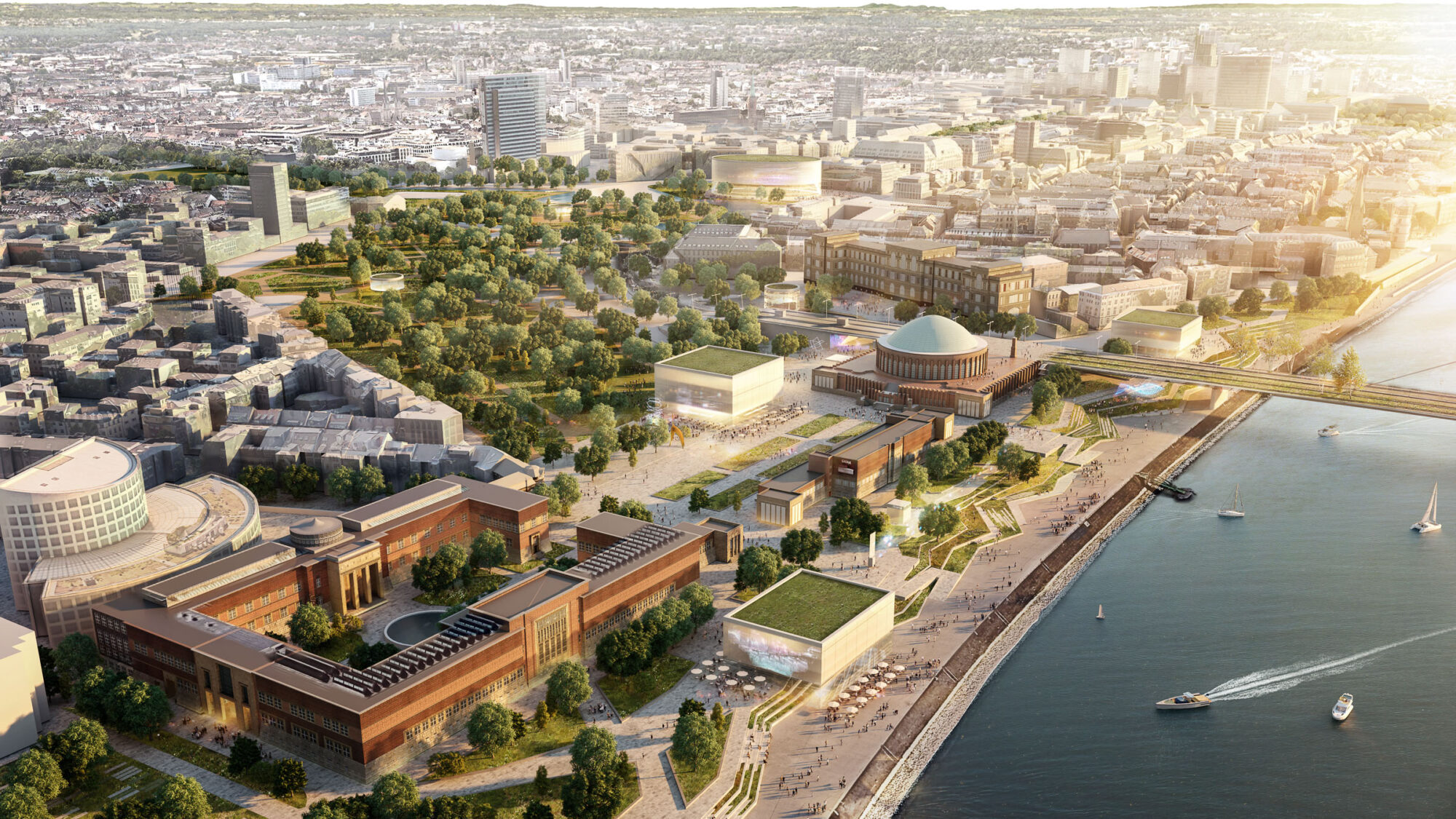
Düsseldorf also stands for social proximity of the citizens and has been creating a wide range of sociability in the old town for years. The importance of `Carlsplatz’ with its focus on food and gastronomy will continue to develop. Sustainable food is not only sourced regionally, but also grown in the surrounding neighbourhood itself. Backyards with parking spaces that exist today will become `urban farms’ where vendors and citizens can grow food together and eat it at Carlsplatz.
Ecological sustainability and a healthy environment will be further developed. Therefore, the parks Spee’scher Graben, Schwanenspiegel and Bürgerpark will be linked together at their interface with each other by a new park. This will create a new citizens’ park that can be clearly experienced in the size of the courtyard garden and thus also connects the inner city area with the neighbouring district of Bilk to the south. In its centre, the new government quarter is arranged, which, however, is not typologically oriented to the adjacent urban typologies, but has freer forms.
Düsseldorf’s city centre does not need to reinvent itself. It can continue to focus on the international significance of its diverse quality of life if its unique qualities are clearly highlighted and strengthened. This perception also underlies our strategic and conceptual approach. Some of our ideas can be implemented immediately, others can be done in later decades. Our concept shows how to respond to current challenges in the future and develop potential.
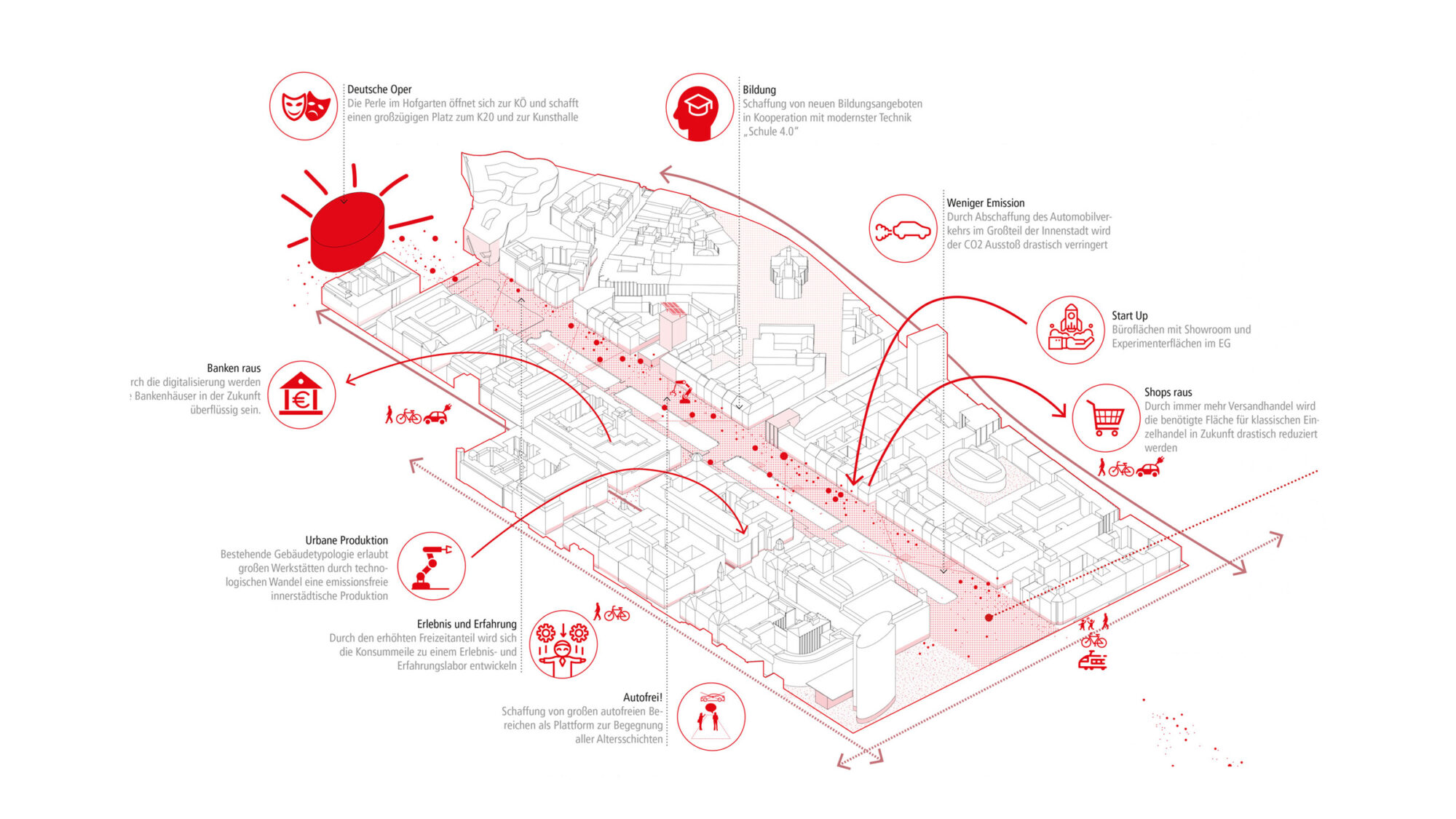
non-open, international urban planning-open space planning-artistic competition, 2019. Recognition.
Planning area 240 ha
Awarding authority: City of Düsseldorf
In cooperation with Pola Landschaftsarchitekten, Berlin
